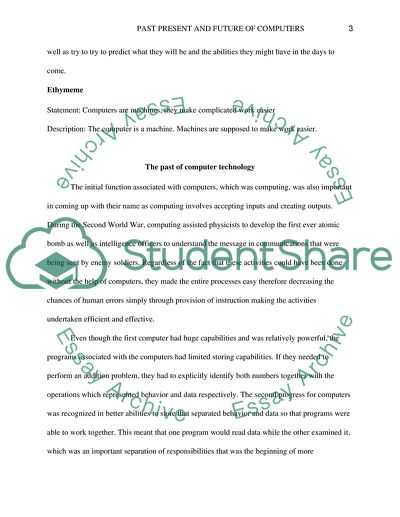Cite this document
(“Past and present and fuuture technologies in his field of study or his Essay”, n.d.)
Retrieved from https://studentshare.org/english/1663209-past-and-present-and-fuuture-technologies-in-his-field-of-study-or-his-interest
Retrieved from https://studentshare.org/english/1663209-past-and-present-and-fuuture-technologies-in-his-field-of-study-or-his-interest
(Past and Present and Fuuture Technologies in His Field of Study or His Essay)
https://studentshare.org/english/1663209-past-and-present-and-fuuture-technologies-in-his-field-of-study-or-his-interest.
https://studentshare.org/english/1663209-past-and-present-and-fuuture-technologies-in-his-field-of-study-or-his-interest.
“Past and Present and Fuuture Technologies in His Field of Study or His Essay”, n.d. https://studentshare.org/english/1663209-past-and-present-and-fuuture-technologies-in-his-field-of-study-or-his-interest.


